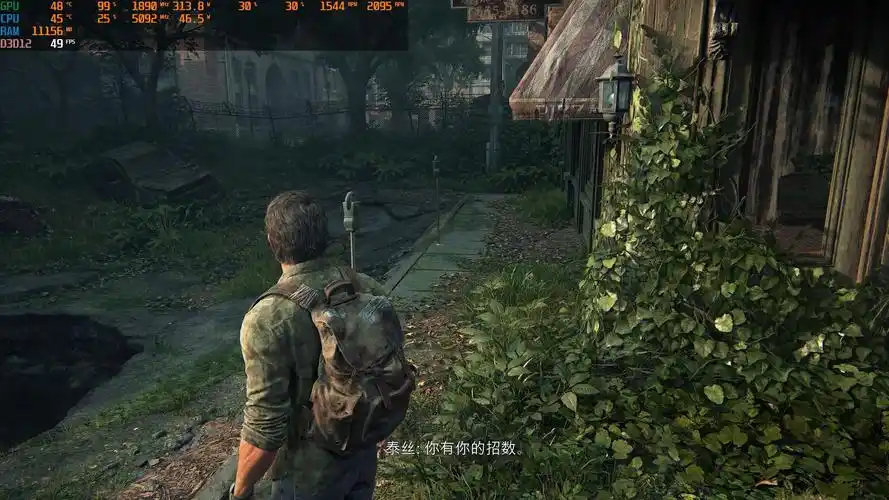Debut Screenshots: "Train Driver's Engine" Speed Control – A Deep Dive into the Mechanics
Introduction
The gaming world is abuzz with the latest reveal of Train Driver's Engine, a highly anticipated simulation game that promises an ultra-realistic train operation experience. Among the most talked-about features is its advanced speed control system, which has been showcased in newly released screenshots. This article explores these debut visuals, breaking down the mechanics, UI elements, and realism that set this game apart.
The Realism of Speed Control in "Train Driver's Engine"
One of the standout aspects of Train Driver's Engine is its meticulous attention to real-world train physics. The screenshots reveal a dynamic speed control system that mimics actual locomotive behavior, including:
- Throttle and Brake Management – Players must carefully adjust throttle levels to accelerate smoothly, avoiding sudden jerks that could derail the train.
- Gradient Impact – Speed varies based on terrain, with uphill climbs requiring more power and downhill slopes necessitating controlled braking.
- Momentum Simulation – Unlike arcade-style train games, Train Driver's Engine factors in inertia, meaning trains don’t stop instantly when brakes are applied.

Caption: The in-game speed control panel, featuring throttle, brake, and dynamic speed indicators.
UI Breakdown: How Speed is Managed
The screenshots highlight an intuitive yet detailed user interface (UI) designed for both casual players and simulation enthusiasts. Key elements include:
1. Throttle Lever & Notch System
The throttle operates on a notch-based system, similar to real diesel and electric locomotives. Players must incrementally increase power rather than sliding a simple bar.
2. Dynamic Speedometer & Tachometer
A dual-gauge display shows:

- Current speed (mph/kph)
- Engine RPM (critical for avoiding over-revving)
3. Brake Pressure Indicator
Air brakes require precise management, with a pressure gauge indicating whether brakes are fully engaged or releasing.
4. Terrain & Weather Effects
The UI subtly adjusts based on external conditions:
- Rain/Snow reduces traction, requiring earlier braking.
- Steep inclines trigger a warning for power adjustments.
Gameplay Implications: Why Speed Control Matters
Unlike traditional racing games, Train Driver's Engine emphasizes precision over speed. Players must:
- Maintain schedules without overspeeding.
- Prevent wear and tear by avoiding harsh braking.
- Handle emergencies like signal failures or track obstructions.
A leaked screenshot even shows a "Fail State" where excessive speed causes a derailment, reinforcing the need for careful control.
Comparison to Other Train Simulators
While games like Train Sim World and Derail Valley offer speed mechanics, Train Driver's Engine stands out with:
✅ More granular throttle control (10+ notches vs. simple 5-step systems).
✅ Realistic brake fade (repeated braking reduces efficiency).
✅ Dynamic load physics (heavier trains accelerate slower).
Conclusion: A New Benchmark for Train Sims?
The debut screenshots of Train Driver's Engine suggest a revolutionary approach to speed control, blending realism with engaging gameplay. Whether you're a train enthusiast or a simulation fan, this game could set a new standard for the genre.
Stay tuned for more updates as we approach the release date!


















